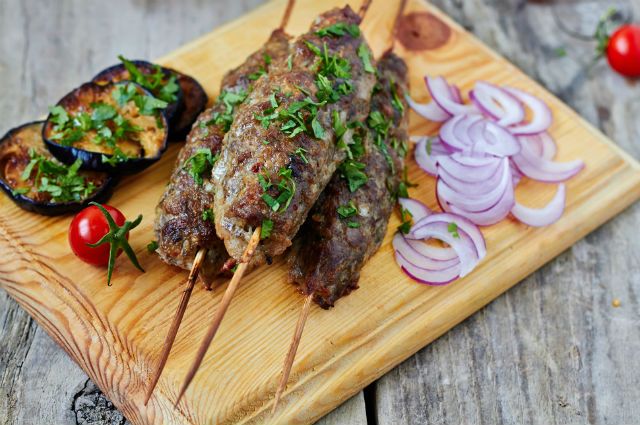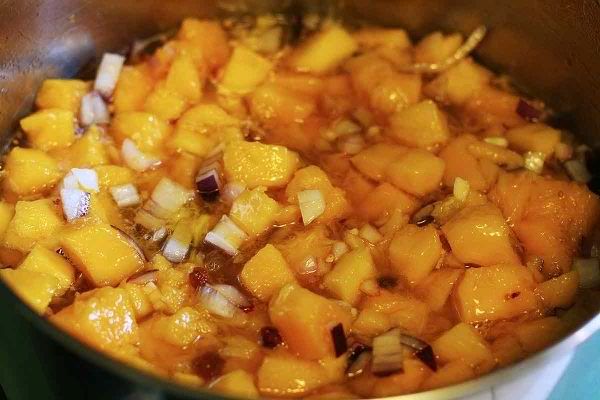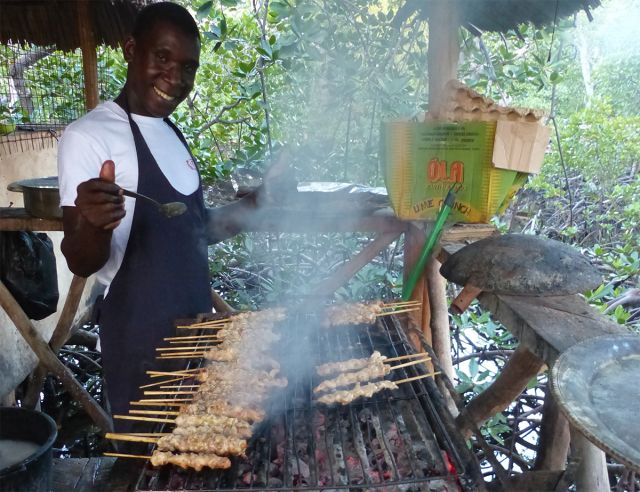
18-02-2017 by redazione

Kenya is increasingly ideal tamarind environment, present in the Swahili coast since it was brought and planted by India, a thousand years ago.
The Tamarindus Indica is a majestic evergreen, long life, belonging to the legume family.
The plant of the tamarind and its properties were already known in antiquity, where they are found traces from the Arab populations who called Tamara Hindi (Indian date). The tree produces as fruit-brown beans, which contain pulp and hard seeds.
Legumes are usually 10-15 cm long, slightly curved, and contain up to a dozen seeds.
The pulp of the unripe fruit is very rugged and is therefore suitable for serving dishes, while the ripe fruits are sweeter and can be used as a dessert or to prepare drinks.
The pulp is also used as a spice in Asian cooking as much as in that of Africa, and is an important ingredient of Worchester sauce
Pulp, leaves and bark have medical applications.
For example, in Sudan the leaves have been traditionally used for tea useful to combat malaria.
In India it is used in Ayurvedic medicine for stomach or digestive problems and against toothache.
Once you buy the tamarind is recommended to break their zest and extract it with his hands the seeds are covered with sticky pulp.
It is very convenient to clean pulping because within each pod pulp is low and the work is often annoying.
For convenience, you can also boil the pods to free the pulp.
Tamarind has impressive properties. The pulp is made up to 31% water, 57% sugar, 5% of dietary fiber, ash, protein and fat. The main constituents are pectin and simple sugars.
Among the various minerals found in tamarind there in high quantities potassium, and phosphorus, magnesium, sodium, calcium and selenium, while it is a source of vitamin A, B1, B2, B3, B5, B6, vitamin C, K, and J.
The assumption of the tamarind is very useful in case of problems in the stomach or digestion; It has good laxative properties and is an excellent intestinal regulator due to the presence of organic acids within its pulp, particularly tartaric acid.
For this purpose it uses the jam that can also be administered to children as it does not cause pain to the colon.
The tamarind is used to combat rheumatic fever; India is also used to treat toothache.
Tamarind is also considered an excellent refreshing and is particularly useful in summer to replenish the loss of minerals due to sweating. .
RECIPES
by redazione

The goodness of the free-range chicken in Kenya is not a mystery. In most cases it is cooked simply grilled, but there are Swahili dishes that include other pleasant encounters of flavours. One of these is the tamarind chicken (kuku...
RECIPES
by redazione

Kebab is a word of Arab origin now known throughout the world.
But each country has its own recipe for these meatballs.
Here is the recipe of the Swahili coast, for this very popular dish that is never missing in...
EVENTS
by redazione

A weekly aperitif in Malindi's paradise for well-being.
The Leopard Point Luxury Beach Resort opens the doors to external and resident tourists every Friday evening starting this week to share the beauty of the place in the most extreme and charming...
PLACES
by Freddie del Curatolo

Until 30 years ago, Kilifi was the Happy Valley on the Kenyan coast.
Just...
RECIPES
by redazione

Chutney is a typical sweet-and-sour British sauce made with fruit or green tomatoes. It is excellent as a sauce for flavouring meat and fish foods.
The British took her to Kenya during colonialism and tried the variants with exotic fruit. Here...
PRODUCTS
by redazione
TOURISM
by Freddie del Curatolo

Making a virtue out of necessity is a concept that Africans have always lived with, even ...

A weekend in the savannah with all the comforts, the pleasure of relaxation immersed in ...
by Leni Frau

Kenya is for most of its extension a fertile and rich land, where it grows more or less of everything.
Compared to...
TOURISM
by Freddie del Curatolo

In recent years, food tourism has grown considerably worldwide.
This is...